Both hooves have a 62° hoof angle The first foal's club foot has a slight dish in the front, a high PA of 12°, and a BA of 50° That foot might be a candidate for check ligament desmotomy But the other foal's club foot has a 23° PA and a BA of 60°; We're talking about the "normal foot", but that's an ideal There are a lot of different things that could affect the way the foot looks The number one factor being conformation, of course If your horse is toed in, toed out, base narrow, base wide, etc, that will definitely affect the way the foot looks club foot case recently This particular horse, a six year old gelding, has what I feel is a grade three club foot (on a 15 scale) Apparently the club foot condition has been with this horse since it was a foal This horse found it difficult to

Recognizing Various Grades Of The Club Foot Syndrome
Club foot horse vs normal
Club foot horse vs normal- Club foot is one of the most common deformities in the horse world Horses affected with club foot develop a flexural deformity of the coffin joint, due to a shortening of the musculotendinous unit that starts high up in the limb and inserts on the coffin bone in the foot, resulting in an upright conformation of the footClub foot refers to a hoof that is more upright than normal It is often associated with a concave front (dorsal) hoof wall, high (often contracted) heels, and widening of the white line from mechanical stretching of the hoof wall attachments (the laminae) Adult club foot requires a completely different approach to treatment than juvenile club foot




Clubfoot Or Club Foot Or Congenital Talipes Equinovarus Ctev Equine Before And After The Operation Vintage Engraved Illustration Usual Medicine Dictionary By Dr Labarthe 15 Royalty Free Cliparts Vectors And Stock
1 Shod or Barefoof Hoof 2 Hoof Shape 3 Hoof Conformation Best to use the horse in equine activities carried out in softfooting & those that depend on strong hindquarter usage Horses with obvious club feet land more on the toes, causing toe bruising or laminitis The horse will generally do poorly at prolonged exercise, especially on Club Foot Horses Versus Uneven Weight Distribution First off let's discuss exactly what a "club foot" is This term is widely misused with regard to its use in horses with uneven hoof growth patterns The term "club foot" actually refers to a congenital defect of the foot and according to The Free Dictionary,The affected foot is usually 1 to 11/2 sizes smaller and somewhat less mobile than the normal foot The calf muscles in your child's clubfoot leg will also stay smaller, so your child may complain of "sore legs" or getting tired sooner than peers The affected leg may also be slightly shorter than the unaffected leg, but this is rarely a
The horse Arabian mare Pixiedust, age 9, is currently in transition The story Pixiedust is doing so well in her short venture to being barefoot that she was scheduled to compete in the 15 Tevis Cup without metal shoes, less than a month and a half after Lane pulled them "Her feet were too long and unbalanced," Lane saysContracted heels in horses sometimes are mistakenly called club foot These are in fact two different conditions but have a lot in common and the result is similar Cases of contracted heel can be primary or secondary In primary cases, contracted heel is a result of unbalanced feet or overgrown hoofsThere are four grades of club foot Grades 1 to 4 as follows Grade 1 – Only note a difference in the hoof angles that returns with each trim Grade 2 – Greater difference in hoof angles, growth rings begin to change There is an air gap (space between the bottom of the heel and the ground bearing surface heel does not fully weight bear/load on the ground
High heels in a normal hoof are very different from the high heels of a club foot, and poor trimming does not result in a club foot Poor trimming can be corrected, whereas a club foot cannot be corrected In the genetic club footed horse, the cannon bone of the clubby foot is slightly shorter and so too is the tendon shorter than the normal legNormal glucose level adult horse uncontrolled (👍 australia) normal glucose level adult horse treatment aafp Given that, I am blessed with reasonably wellaligned and mostly painfree feet The club was founded in 1904 and currently plays in Ligue 1,Explore LISA's board "equine clubfoot" on See more ideas about horse health, equines, horse care




Figure 7 From Farriery For The Hoof With A High Heel Or Club Foot Semantic Scholar



2
The foot abduction brace is used only after the clubfoot has been completely corrected by manipulation, serial casting, and possibly a heel cord tenotomy The foot abduction brace, which is the only successful method of preventing a relapse, when used consistently as described is effective in > 95% of the patientsYou _do_ have to trim the heels on a club foot more often than on a normal foot The trick is to only trim the excess and never so much that the horse is not bearing weight and landing unevenly on the foot This way, you avoid putting strain on the deep flexor/laminae Never try to "carve" a normal looking foot out of a club footLower leg and hoof anatomy of a normal horse What is club foot?




Ballerina Syndrome Where The Heels Remain Off The Ground Even At The Download Scientific Diagram




How D That Happen Origins And Remedies For Clubfoot Horse Racing News Paulick Report
The feet should be thoroughly cleaned, for farrier radiographs the shoes can and should be left in place The horse should be stood on a flat, level surface To appreciate bone position, the radiographs should be taken with the horse bearing weight and both feet placed on wooden blocks of equal height The cannon bone should be perpendicular to Most horsemen define a club foot as hoof and pastern angle of more than 60 degrees, making the foot more upright than normal The affected hoof is usually stumpy with a short toe and long, upright heel Contracture of the flexor muscles and deep digital flexor back tendon (which attaches to the coffin bone inside the hoof) results in the horse walking on the Surgery often a necessity for a horse with a club foot Flickrcom Smerikal There are three general causes of club feet genetic, nutritional, and grazing stance (with one foot forward and one back) – and a combination of these Club feet are more common in some breeds and in specific bloodlines within those breeds
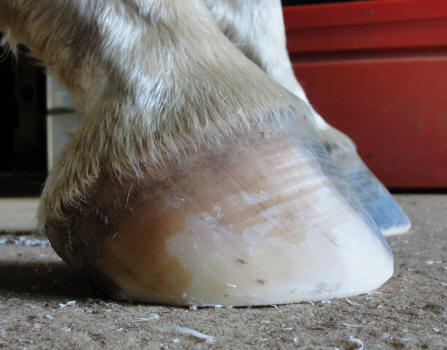



High Low Hooves



Club Foot In Horses
Greater than the contralateral foot and displays fullness at the coronary band but is mild enough that the hoofpastern axis is aligned A grade 2 clubfoot is slightly more severe, with a hoof axis measuring 5° to 8° greater than the contralateral foot In a grade 2 foot, the hoofpastern axis is steep and slightly brokenforwardIn mild to moderate club feet, an estimate of how much heel to remove can be made by placing the thick end of a 2° or 3° pad under the toe of the foot and allowing the horse to stand on it 10,19 (Fig 9) If the horse does not resent the tension this places on the DDFT, this test allows the farrier to safely trim the hoof wall at the heels inA large foot with good cup to sole is an ideal foot for any horse There is less incidence of lameness and it is associated with good bone For flat footed horses sports with soft footing and short distances like dressage, equitation, flat racing, barrel racing are best Pages 1 2 3



1



Club Feet The Brutal Truth David Farmilo
Club foot refers to a limb flaw, where the hoof is very upright with a long heel This is the most common tendon flaw in foals The deep digital flexor tendon (DDFT) is much shorter than the bones Thus, it pulls on and rotates the coffin bone downward in the hoof The club footed horse cannot extend its coffin bone (and hence point its hoof) to normal limits during a stride Depending upon the degree of club footedness, the horse travels short on that leg Sometimes it isn't even noticeable Sometimes the horse isPicture 11 normal foot with a shoe Farriers are adequately trained to trim the hooves of horses Farriers who take care of horses need to critically check the hooves at least every month or every six weeks to ensure that there are no bruises or swelling on the horse's foot Interestingly,
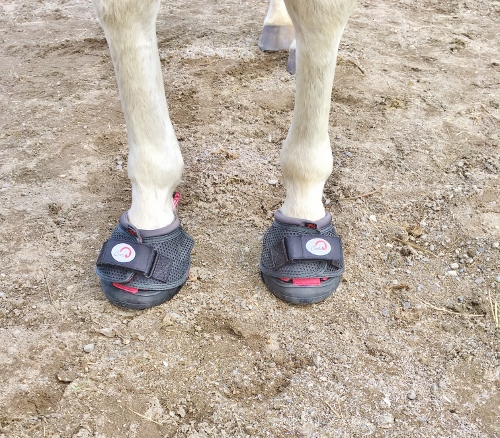



Best Supportive Hoof Boot For Hoof Issues Nw Horse Source
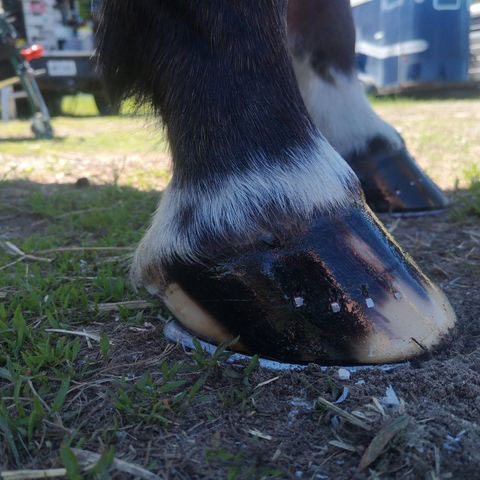



Image Gallery E M Farrier Services
Club Foot Conformation in Horses Caused by abnormal contraction of the deep digital flexor tendon, a club foot puts pressure on the coffin joint and initiates a change in a hoof's biomechanics Telltale signs of a club foot may include an excessively steep hoof angle, a distended coronary band, growth rings that are wider at the heels Both rim and normal shoes are also occasionally available in aluminium, which is generally used by highlevel riders directly before events to reduce the weight on their horses' feet 3 Racing plates These shoes are also shaped similarly to rim shoes, but they are made of aluminium – and thus considerably lighter than the ordinary steelClub foot is very common in horses, and is seen almost exclusively in the front feet "Unfortunately we see a lot of this in foals, and many adult horses that have mismatched feet—more mismatched than normal No horse has two identical front feet (or hind feet);When a horse has a club foot, the horse is reluctant to take up the lead on the affected foot Horses are either right handed, left



2




Why Some Horses Develop A Clubbed Foot Holistichorse Com
WHAT IS A CLUB HOOF? Some horses can perform soundly and happily while barefoot For example, a number of Arabians participate in competitive and endurance rides without the benefit of shoes These horses live and train barefoot to help toughen up the soles of their feet and encourage strong hoof walls"Wild horse" shape vs typical longheeled style Barefoot works best when the horse's foot is trimmed to a fairly shortheeled shape The drawings below of a short and longheeled shape (not accurate in details) show what happens to the coffin bone when the heels are long



1




Equine Club Foot
The equine club foot is defined as a hoof angle greater than 60 degrees What we see externally as the equine clubbed foot is actually caused by a flexural deformity of the distal interphalangeal joint (coffin joint) Causes include nutritional issues, heredity, position in the uterus or injury The condition is most often encountered in young animals and can be either congenital (they are bornA "clubfooted" horse is defined by most people as a horse with one hoof that grows more upright (particularly at the heel angle) than its mate on the other Club Foot also is known as Giles Smith Syndrome, Congenital talipes equinovarus (CTEV), or talipes equinovarus (TEV) The Word " Talipes Equinovarus" comes from Latin Talus (ankle) pes (foot) Equino – indicates the heel is elevated (like a horse's) varus indicates it is turned inward The foot is turned in sharply, and the person seems to be walking
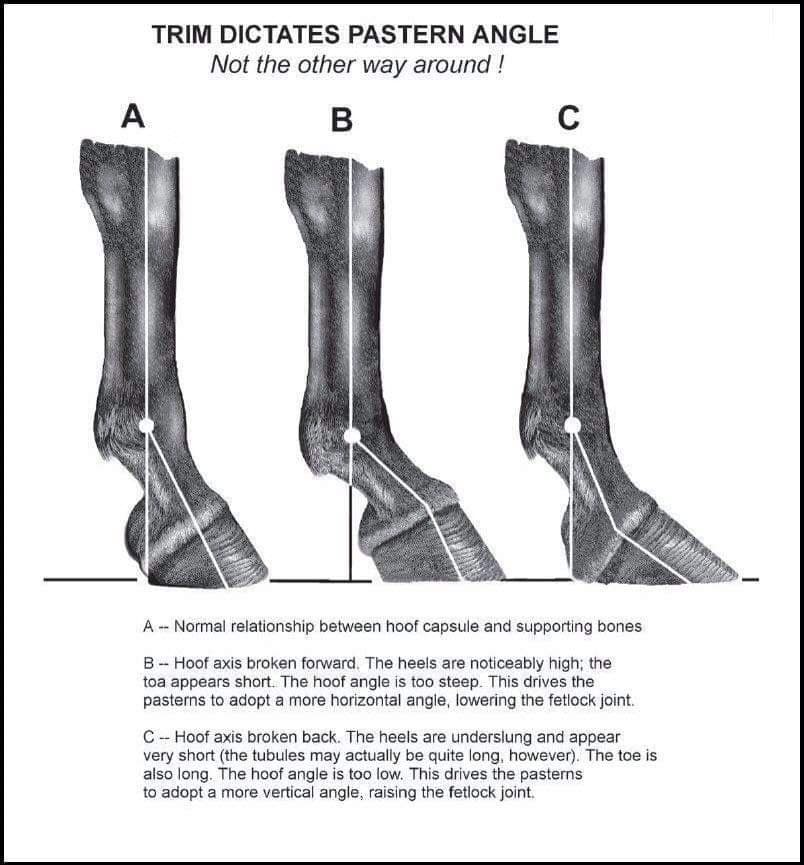



What Your Horse S Hoof Angle May Be Telling You Horses




Webinar Shoeing The Club Footed Horse Youtube
In this video you'll see the difference between a club foot and a normal hoof You'll also see how a club hoof is trimmed differentlyWith the club footed horse, the first thing to understand is that the horse has a deformity and as such it is always going to need a high degree of hoof maintenance, for the term of its natural life To identify the club foot we must know what is considered 'normal' and then compare the difference When a normal hoof is in balance, the front of the hoof wall will be in line with the front of the pastern, whereas in the club footIf the horse repeatedly carries the limb farther back than normal, the upright club foot form will persist So when you see mismatched feet, it is important to figure out why the horse is moving in an imbalanced way



Equine Podiatry Dr Stephen O Grady Veterinarians Farriers Books Articles




Healthy Horse Healthy Hoof Pacific Vet Care
That's a completely different foot inside even though it has the same hoof angle A horse with slightly asymmetrical feet is nothing out of the ordinary But if one hoof differs dramatically from the other, you might be dealing with a club foot The normal alignment of the short pastern bone and coffin bone is a straight line visible on X ray, but in a club foot the coffin bone angles downward relative to the pastern (a "broken forward



2




Pin On Equine Veterinary Pathology
Of club foot A horse with club foot has one hoof that grows more upright than the other The "up" foot is accompanied by a broken forward pastern, that is, the hoof is steeper than the pastern (Photo 1) In a normal foot, the hoof capsule and the pastern align Radiographs will When the club foot does not respond to the check ligament surgery, it can be difficult to manage as an adult The reasons for this can be severalfold Firstly, it is possible that the foot, as you suggest, has been trimmed too short Many farriers and owners want the foot to look normal after trimming Example of a club foot The term "clubfoot" gets thrown around a lot when describing the way a horse, particularly a sale prospect, looks If the foot is improperly loaded, a normal
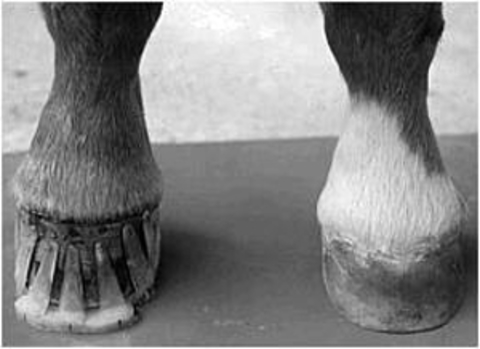



Club Feet In Foals




Flexural Deformities In Horses Musculoskeletal System Merck Veterinary Manual
Headbob Horse's head bobs UP when a sore FORE limb hits the ground heels, club foot, sheared heels, and overgrown hooves The condition might occur in all four feet, only one Lying down more than is normal Depression Reluctance to turn
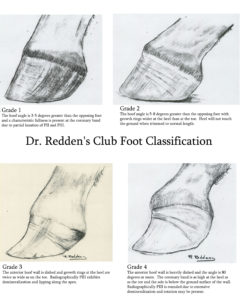



Horse Hoof Irregularities Club Foot Integrity Horse Feed




Club Foot Just How Sore Is Your Horse Casey Son Horseshoeing School
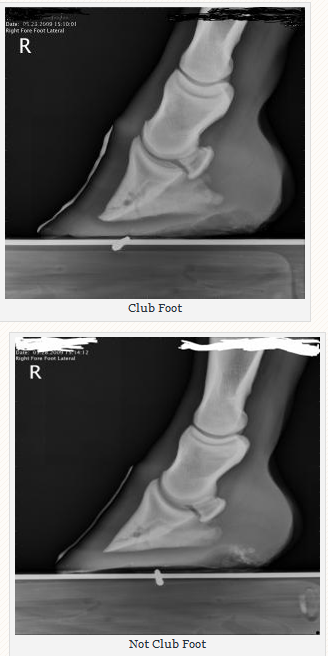



Managing The Club Hoof Easycare Hoof Boot News
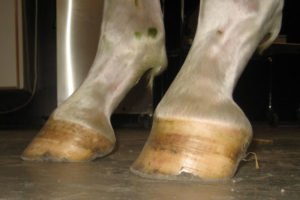



Horse Hoof Irregularities Club Foot Integrity Horse Feed




Frequent Trips Aid Club Foot American Farriers Journal
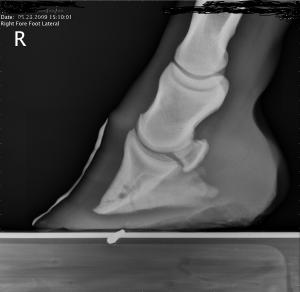



Clubfoot Barefoot Hoofcare
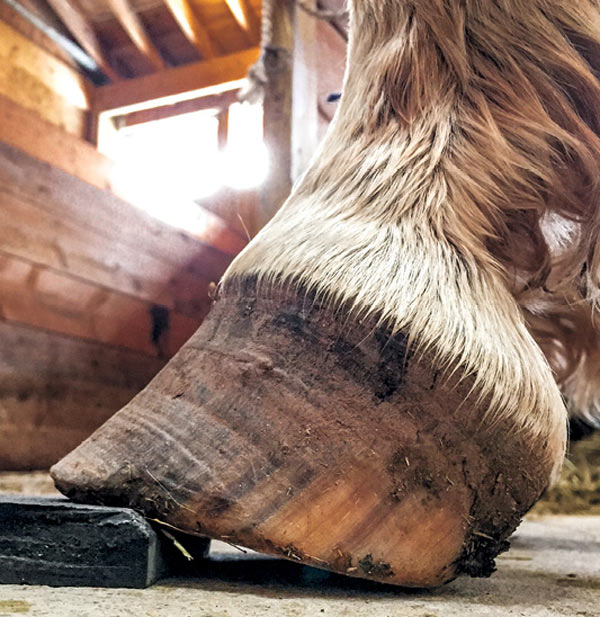



Club Foot Or Upright Foot It S All About The Angles American Farriers Journal
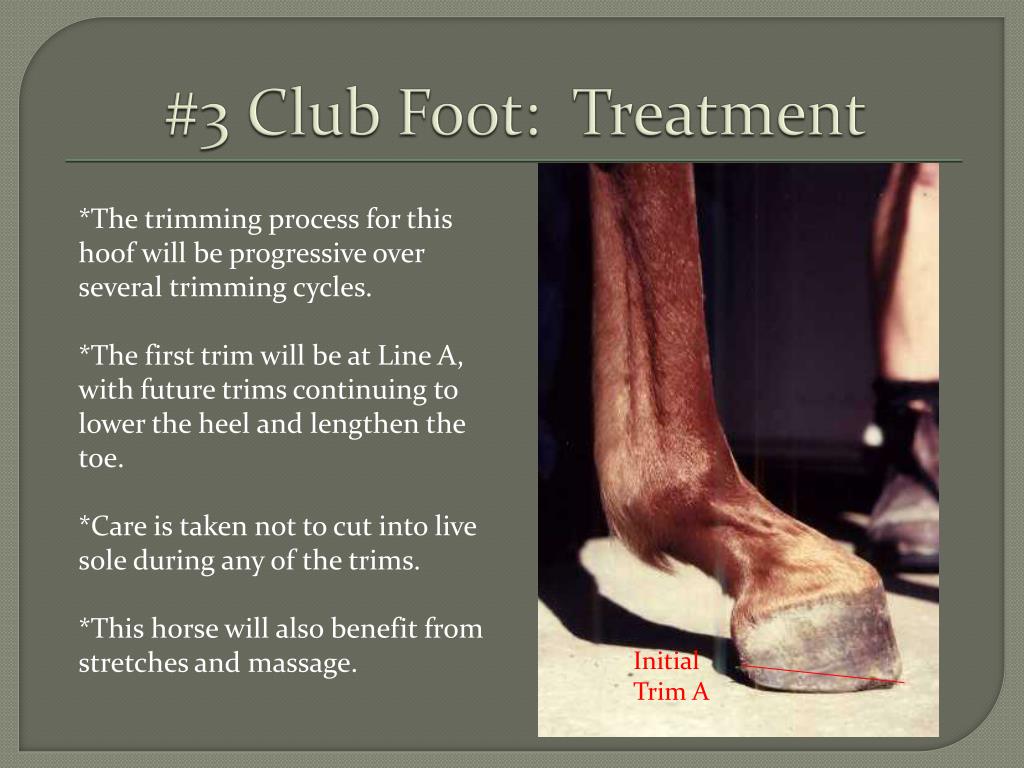



Ppt 5 Most Common Hoof Pathologies Powerpoint Presentation Free Download Id




The Barefoot Horse Magazine What S The Problem With A Club Foot Can You Or Should You Try Fix A Club Foot By Trimming Shoeing Can A Horse With A Club
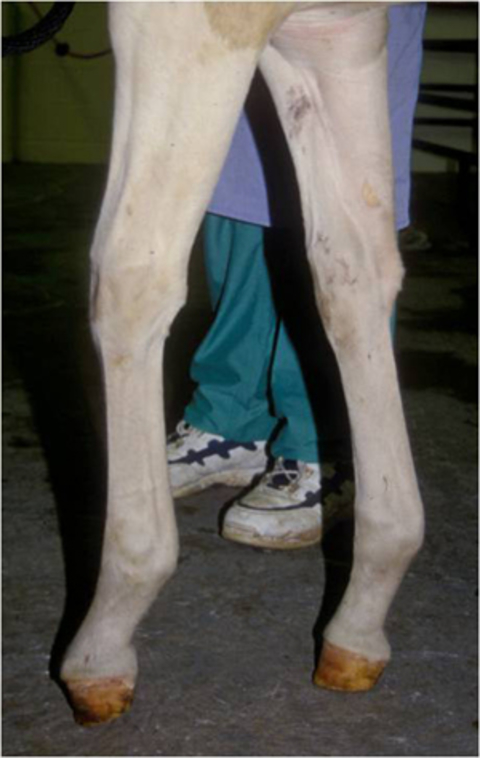



Gboqvfbspwv4km



How Bad Is My Horses Club Foot The Horse Forum



Understanding Club Foot Pressreader




Recognizing And Managing The Club Foot In Horses Horse Journals




Clubfoot Or Club Foot Or Congenital Talipes Equinovarus Ctev Equine Before And After The Operation Vintage Engraved Illustration Usual Medicine Dictionary By Dr Labarthe 15 Royalty Free Cliparts Vectors And Stock




Defining And Fixing A Horse S Club Foot American Farriers Journal




Recognizing Foot Imbalances In Horses Myristol




Hoof Conformation Vs Horse Conformation Scoot Boots Retail




News Feed Casey Son Horseshoeing School
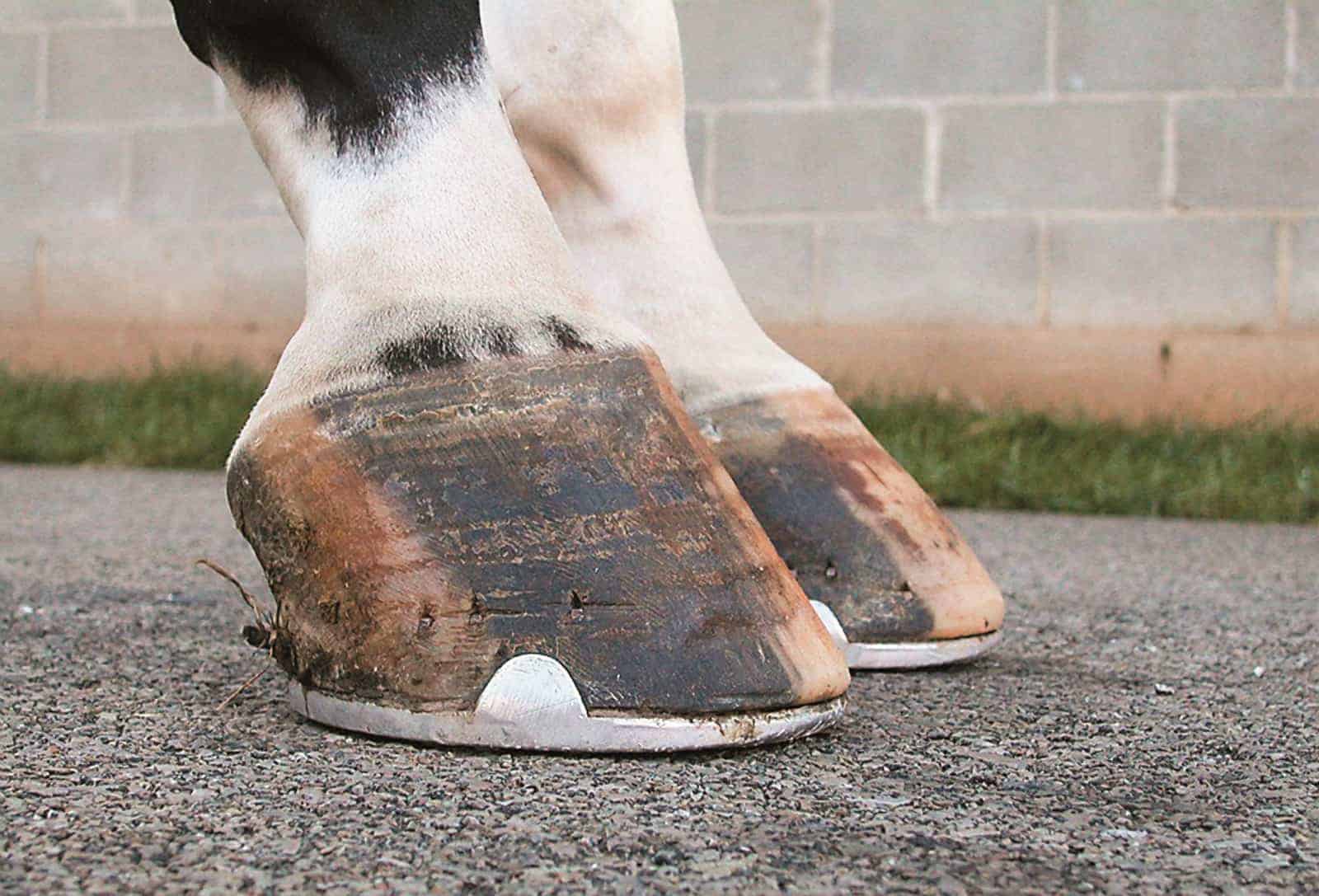



Managing The Club Foot The Horse




Shoeing Options For Club Foot In Horses
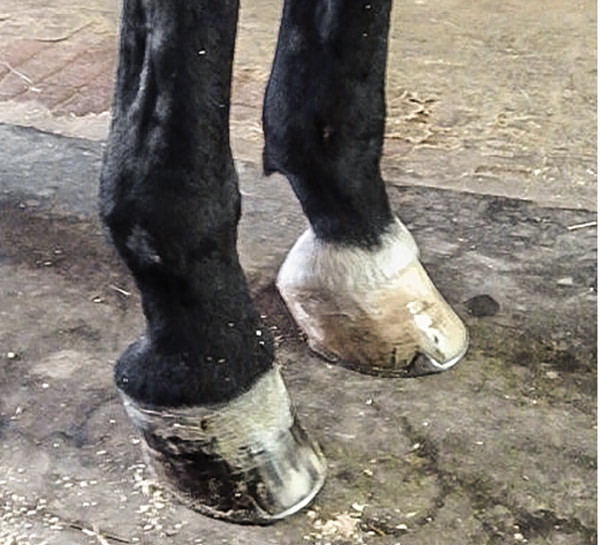



What Advice Has Been Most Helpful When You First Encounter A Club Foot American Farriers Journal



Lesson 4



Club Foot In Horses Equine Chronicle



Pony Club Tips How To Pick Hooves Pressreader




Understanding Club Foot The Horse Owner S Resource




A Normal Angle Compared To A 8 Defined As A Grade 2 Club Foot Download Scientific Diagram
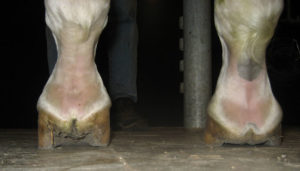



Horse Hoof Irregularities Club Foot Integrity Horse Feed
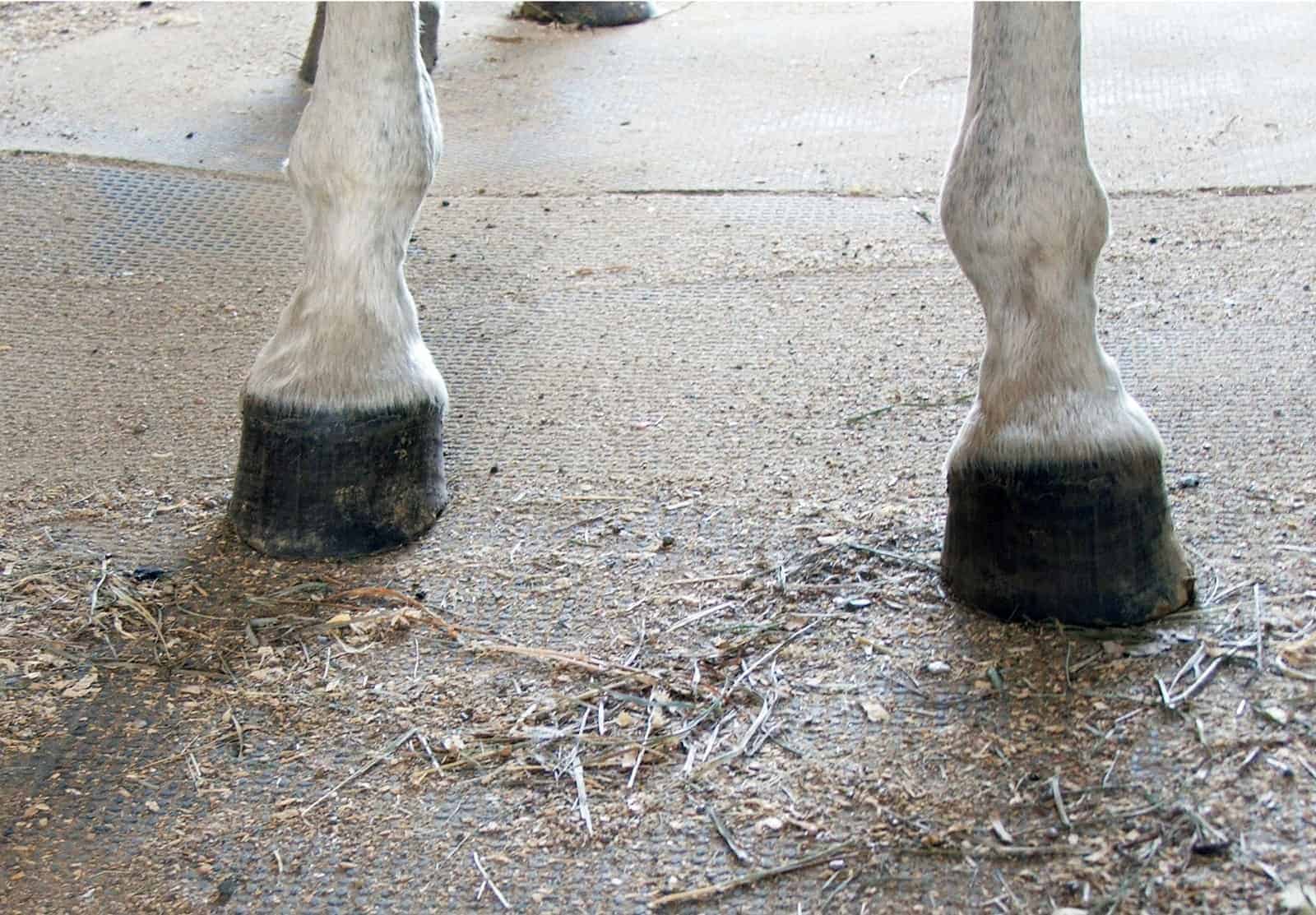



Club Foot Heritability In Horses The Horse




Fighting Laminitis Expert How To For English Riders




Recognizing Various Grades Of The Club Foot Syndrome




Recognizing The Signs Of Laminitis Henderson Equine Clinic
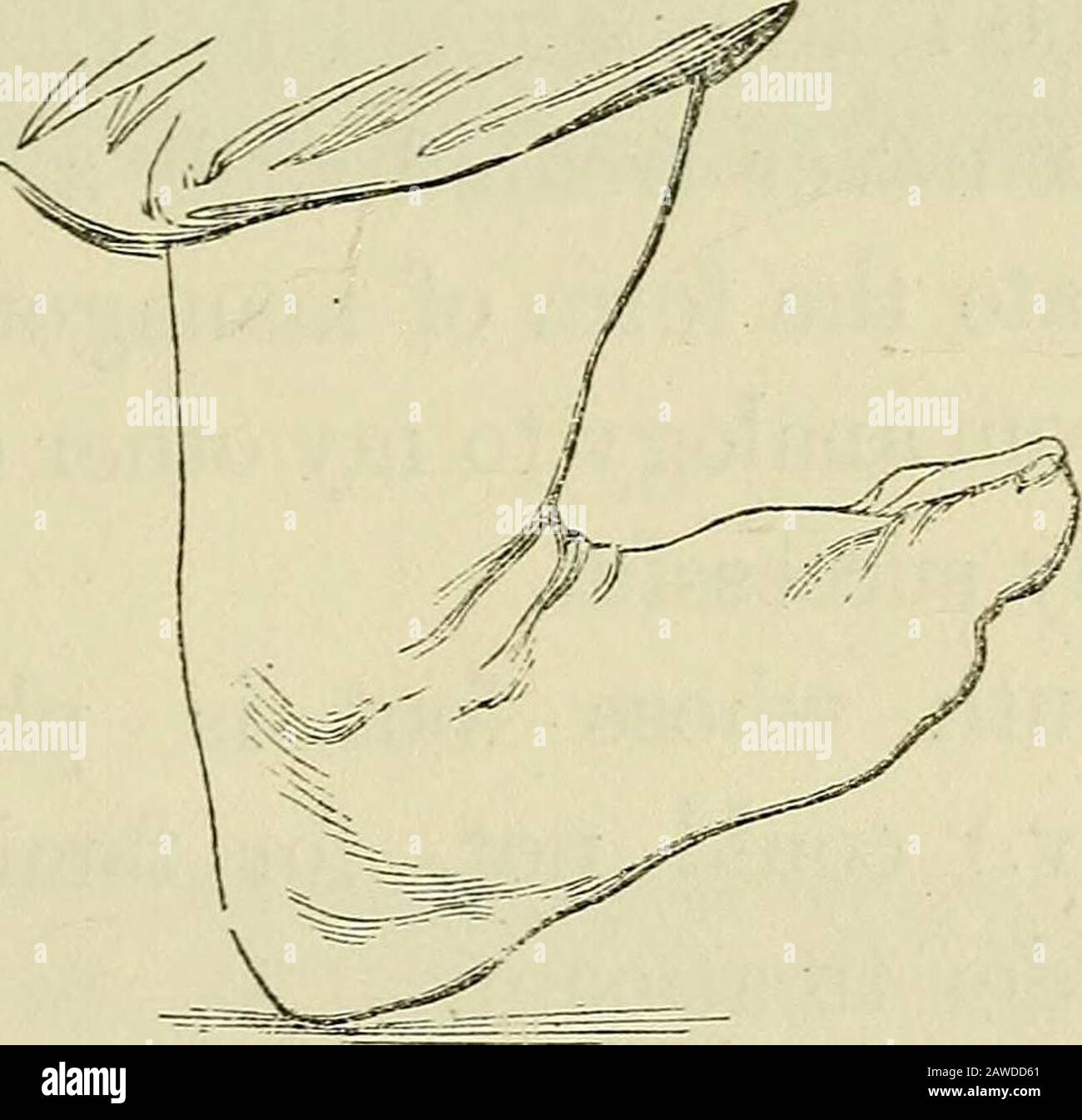



On The Cure Of Club Foot Without Cutting Tendons And On Certain New Methods Of Treating Other Deformities Talipes Calcaneus This Deformity Is Thatwhich Has Been Wrongfully Described As Re Sulting From



So Called Club Foot By James R Rooney Dmv



1
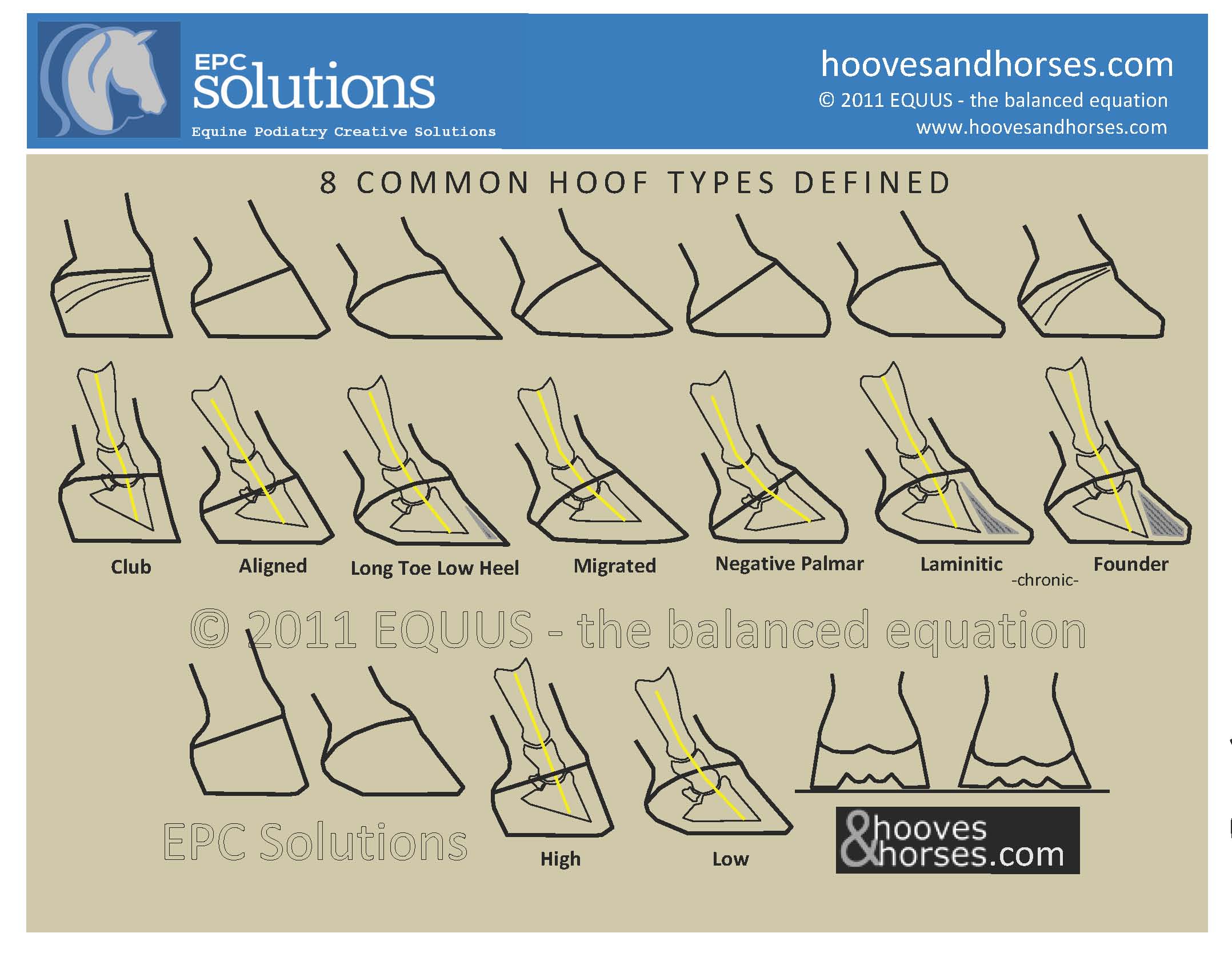



8 Hoof Types Explained



Renegade Hoof Conformation Renegade Hoof Boots




Club Foot Rehabilitation Act Trimming Strategy



Farriervet Lancaster Club Foot



Shoeing News Club Grades Harness Racing Newsroom Usta Ustrotting
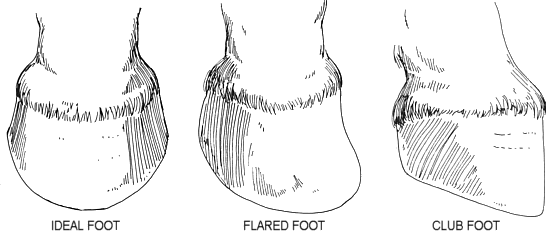



Animal Mrt Effect Of Hoof Distortion On Muscoskeletal Issues



Would You Buy A Horse With Club Foot Pics The Horse Forum
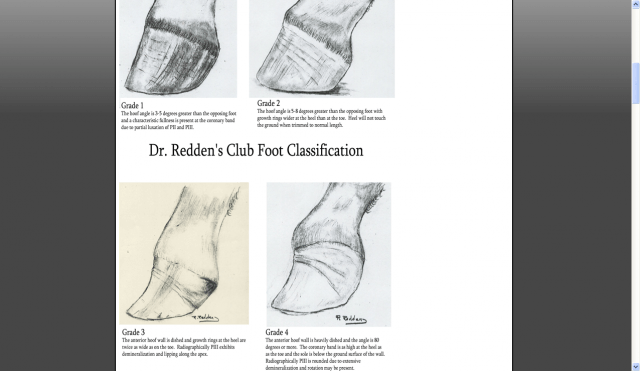



Managing The Club Hoof Easycare Hoof Boot News




Hoof Conformation Vs Horse Conformation Scoot Boots Retail




Clubfoot Equine Before And After The Operation Vintage Engravin Stock Vector Illustration Of Ancient Finger




6 2 2 Club Foot Masterfarrier



Is This A Club Foot Horsetalk Co Nz




Understanding Club Foot The Horse Owner S Resource




The Club Foot Is It No Big Deal Or A Deal Breaker




Shoeing Projects Adam White Professional Farrier



2




Club Foot In Horses Symptoms Causes Diagnosis Treatment Recovery Management Cost



Would You Buy A Horse With Club Foot Pics The Horse Forum



Basic Shoeing Working With A Club Foot Farrier Product Distribution Blog




Renegade Hoof Conformation Renegade Hoof Boots



Club Feet The Brutal Truth David Farmilo




Recognizing And Managing The Club Foot In Horses Horse Journals




Foot Talk Club Foot Talipes The Holy Foot




A Club Foot What Does It Mean Horse Hooves Are So Important To Maintain Interesting Information About Hooves And The Possibl Horses Horse Care Horse Health




Recognizing And Managing The Club Foot In Horses Horse Journals




Respective Dorsal Lateral And Solear Views Of Donkey Hooves A B And Download Scientific Diagram
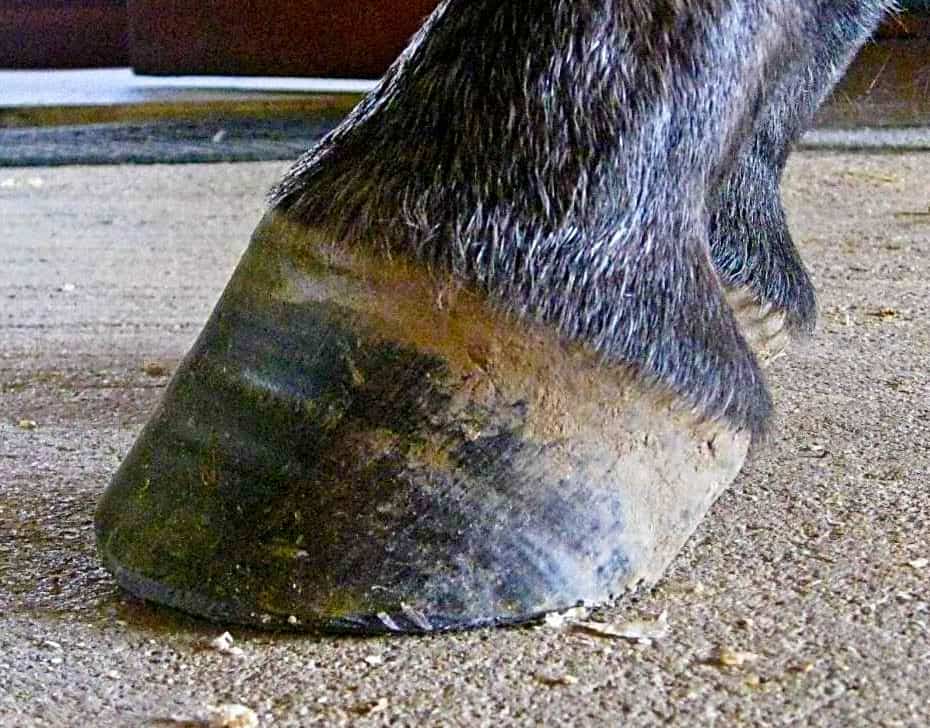



The Tolerable Club Foot The Horse




Club Foot In Horses The Horse S Advocate




Farriery For Mismatched Feet Farrier Express



Club Foot



Club Foot
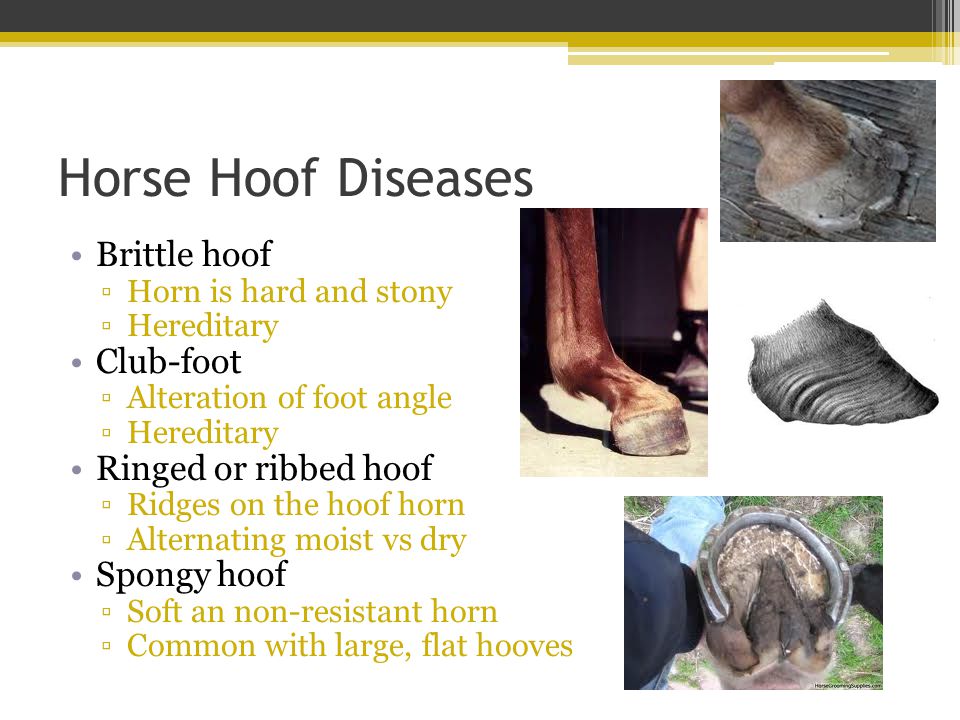



Horses Ppt Download
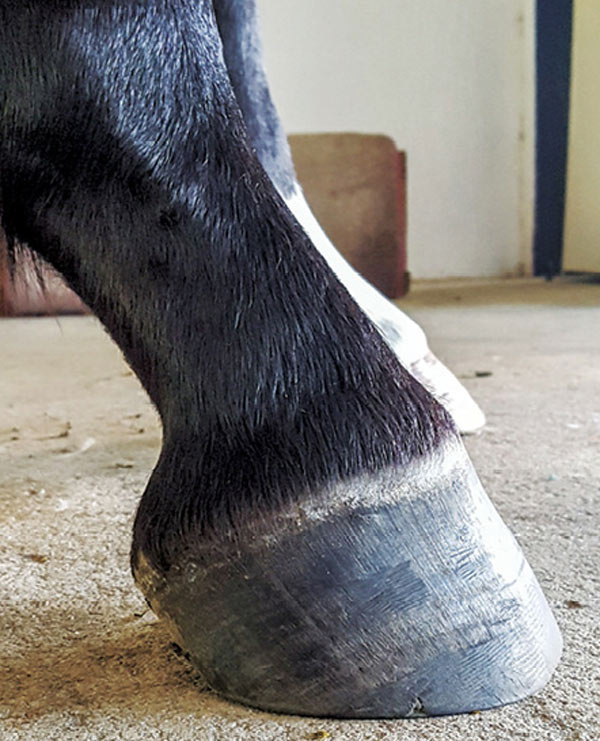



Club Foot Or Upright Foot It S All About The Angles American Farriers Journal
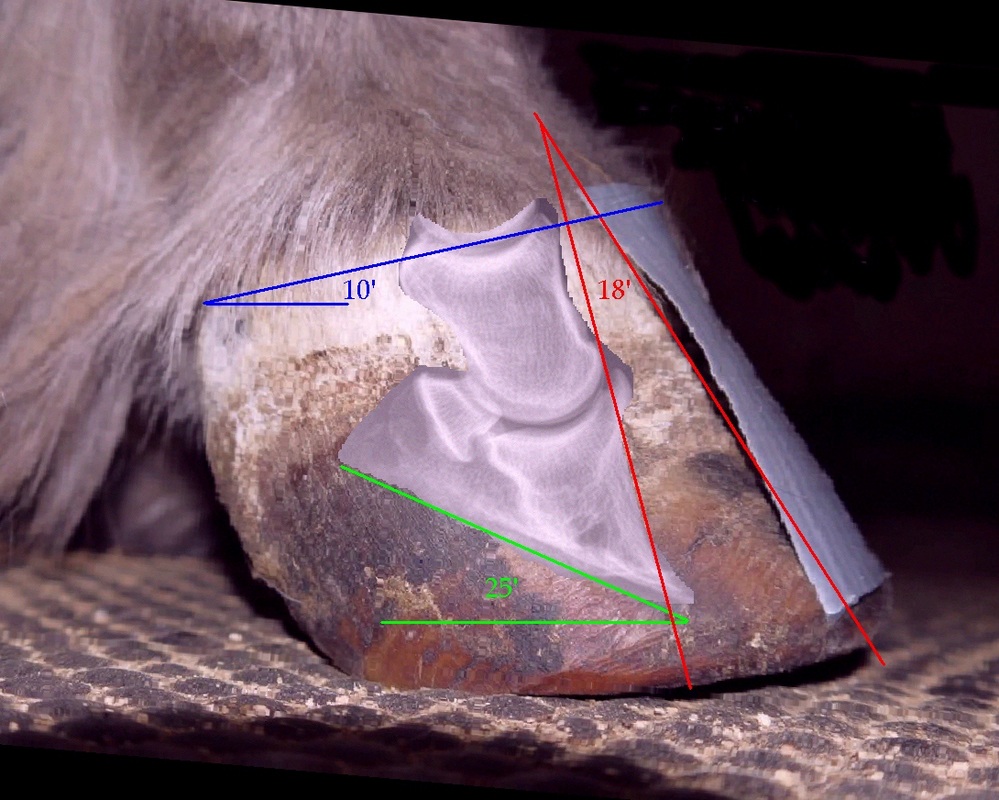



High Heels The Laminitis Site



2



Club Foot Can It Be Passed On Page 2 Stockyard Horse Discussion Forums




Shoeing Options For Club Foot In Horses




Club Foot What Does The Future Hold For Your Foal H H Vip Horse Hound



2




Recognizing And Managing The Club Foot In Horses Horse Journals




Recognizing And Managing The Club Foot In Horses Horse Journals




Understanding Club Foot The Horse Owner S Resource




A Club Foot Is Caused By Mobile Equine Diagnostics Inc Facebook



Club Feet The Brutal Truth David Farmilo




Recognizing Various Grades Of The Club Foot Syndrome



2



Horse Foot
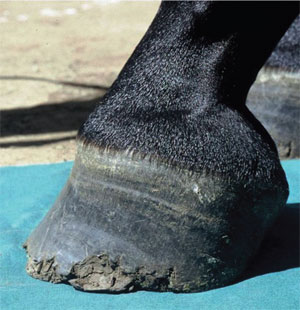



Equine Therapeutic Farriery Dr Stephen O Grady Veterinarians Farriers Books Articles



0 件のコメント:
コメントを投稿